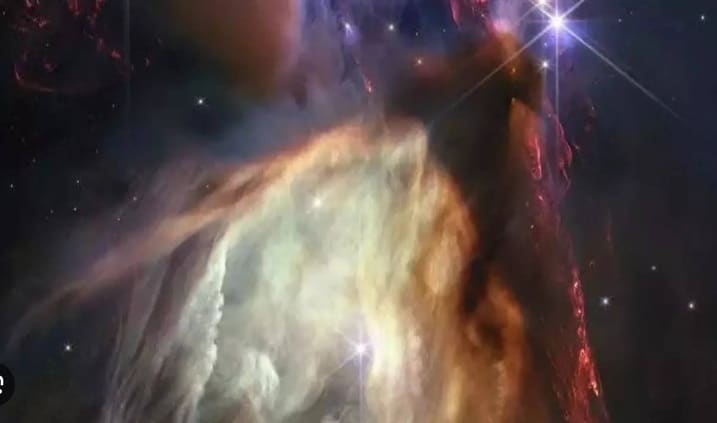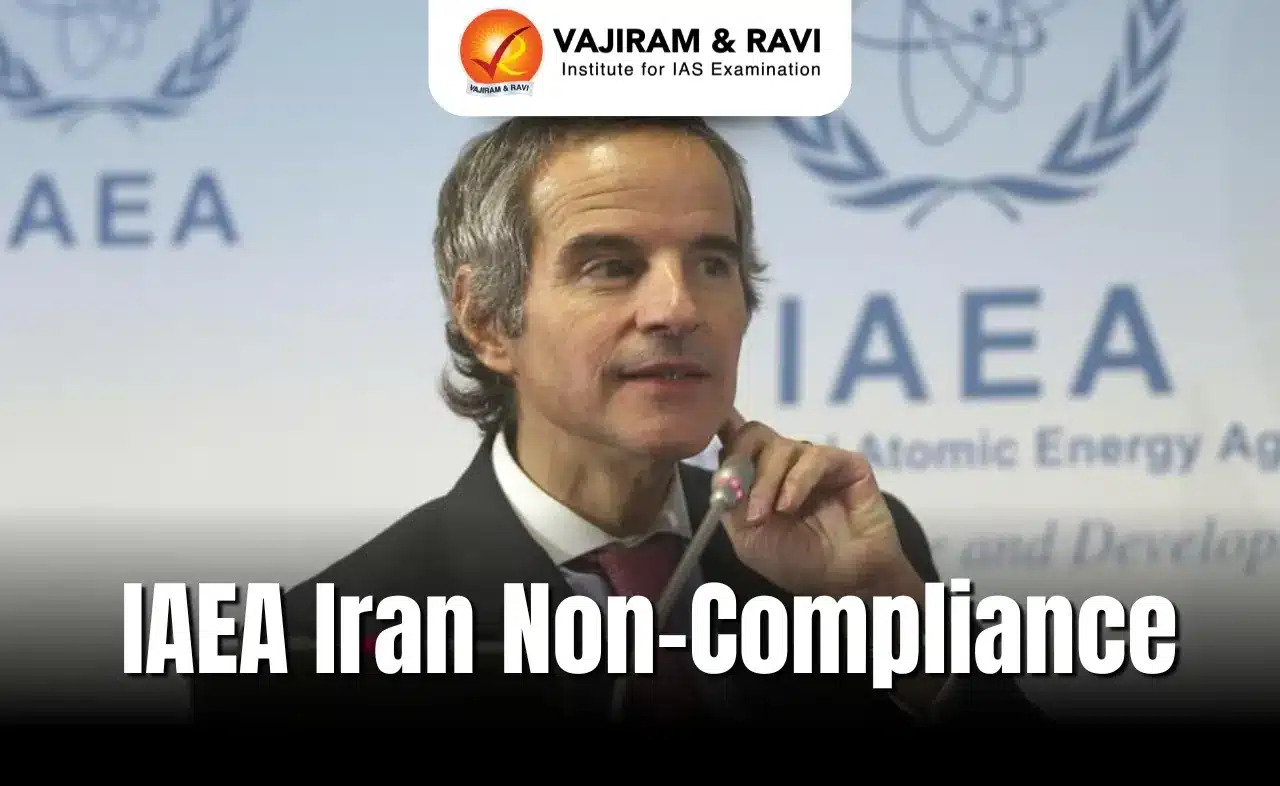What’s in today’s article?
- Why in news?
- What is Neutrino?
- How do scientists detect ghost particles?
- Why does the detection of ghost particles matter?
- India-based Neutrino Observatory mission
Why in news?
- China is building an enormous telescope in the western Pacific Ocean. Its job will be to detect “ghost particles”, also known as neutrinos.
- China says its new telescope, called Trident, will span 7.5 cubic km in the South China Sea.
- As per experts, its size will allow it to detect more neutrinos and make it 10,000 times more sensitive than existing underwater telescopes.
What is Neutrino?
- Background
- For a long time, scientists thought atoms were the smallest particle in existence.
- This was before discovering that atoms are themselves comprised of even tinier “subatomic” particles:
- protons (which have a positive charge), electrons (negative charge) and neutrons (no charge).
- About
- A neutrino is a subatomic particle that is very similar to an electron, but has no electrical charge and a very small mass, which might even be zero.
- Neutrinos were long believed to be massless, until scientists found evidence that they do have a very small mass.
- Neutrinos are one of the most abundant particles in the universe.
- Nuclear forces treat electrons and neutrinos identically.
- Neither participate in the strong nuclear force, but both participate equally in the weak nuclear force.
- Every time atomic nuclei come together (like in the sun) or break apart (like in a nuclear reactor), they produce neutrinos.
- A neutrino is a subatomic particle that is very similar to an electron, but has no electrical charge and a very small mass, which might even be zero.
- Neutrino- a ghost particle
- Neutrinos’ weak charge and almost non-existent mass have made them notoriously difficult for scientists to observe.
- They can only be seen when they interact with other particles.
- The rarity of interactions with other particles makes them almost impossible to track.
- That is why they are called ghost particles — the vast majority skirt around undetected.
How do scientists detect ghost particles?
- Ghost particles rarely interact with other particles. But rarely doesnot mean never.
- Sometimes they interact with water molecules, which is why China is building its ghost molecule telescope underwater.
- Scientists have observed ghost particles in fleeting instances when the particles create byproducts after traveling through water or ice.
- Right now, the largest neutrino-detecting telescope is the University of Madison-Wisconson’s “IceCube” telescope.
- Situated deep in the Antarctic, the telescope’s sensors span around 1 cubic kilometer.
Why does the detection of ghost particles matter?
- Scientists donot really know why the massively abundant neutrinos act the way they do. They defy established rules of physics.
- It is not clear where the particles come from. Scientists think they might have played a role in the early universe, right after the big bang.
- A sound understanding of neutrinos will help solve a number of scientific mysteries — like the origin of the mysterious cosmic rays, which are known to contain neutrinos.
- There is evidence that neutrinos are essential for understanding the origins of our universe.
India-based Neutrino Observatory mission
- About
- The Indian Neutrino Observatory (INO), approved in 2015, is a proposed particle physics research mega project.
- Objective: To study neutrinos in a 1,200-metre-deep cave.
- Neutrino detectors are often built underground to isolate them from cosmic rays from space and any other sources of background radiation.
- Goals
- The first phase would be to study the so-called atmospheric neutrinos produced by interactions of cosmic rays in the Earth’s atmosphere.
- Both neutrinos & antineutrinos of different species (flavours) are produced here.
- Many long-term options are associated with the project. For instance, researchers can use INO Project for solar and supernova studies in the future.
- The first phase would be to study the so-called atmospheric neutrinos produced by interactions of cosmic rays in the Earth’s atmosphere.
- Institutions involved
- The INO is proposed to be operated by seven primary and 13 participatory research institutes, spearheaded by:
- Tata Institute of Fundamental Research (TIFR) and
- Indian Institute of Mathematical Sciences (IIMSc).
- Project is jointly funded by the Department of Atomic Energy (DAE) and the Department of Science and Technology (DST).
- The INO is proposed to be operated by seven primary and 13 participatory research institutes, spearheaded by:
- Location
- In order to avoid the difficulty of identifying and separating signals produced by the neutrinos from those produced by other particles, the detector will be kept inside a mountain.
- The neutrinos will easily pass through the mountain, and reach the detector, while other particles will be filtered out by the mountain rock.
Q1) What are cosmic rays?
Cosmic rays are high-energy particles that travel through space at nearly the speed of light. Cosmic rays are mostly protons and atomic nuclei. They are accompanied by electromagnetic emissions.
Q2) What is electron?
An electron is a negatively charged subatomic particle. It’s one of the three primary types of particles within an atom, along with protons and neutrons. Electrons are found in the outermost regions of atoms. They are considered to be both partially particle-like and partially wave-like, depending on the scenario.
Source: China to build the world’s largest ‘ghost particle’ detector: What are neutrinos and why do they need to be detected?| INO | ABPlive | Scientific American
Last updated on June, 2025
→ UPSC Notification 2025 was released on 22nd January 2025.
→ UPSC Prelims Result 2025 is out now for the CSE held on 25 May 2025.
→ UPSC Prelims Question Paper 2025 and Unofficial Prelims Answer Key 2025 are available now.
→ UPSC Calendar 2026 is released on 15th May, 2025.
→ The UPSC Vacancy 2025 were released 1129, out of which 979 were for UPSC CSE and remaining 150 are for UPSC IFoS.
→ UPSC Mains 2025 will be conducted on 22nd August 2025.
→ UPSC Prelims 2026 will be conducted on 24th May, 2026 & UPSC Mains 2026 will be conducted on 21st August 2026.
→ The UPSC Selection Process is of 3 stages-Prelims, Mains and Interview.
→ UPSC Result 2024 is released with latest UPSC Marksheet 2024. Check Now!
→ UPSC Toppers List 2024 is released now. Shakti Dubey is UPSC AIR 1 2024 Topper.
→ Also check Best IAS Coaching in Delhi























